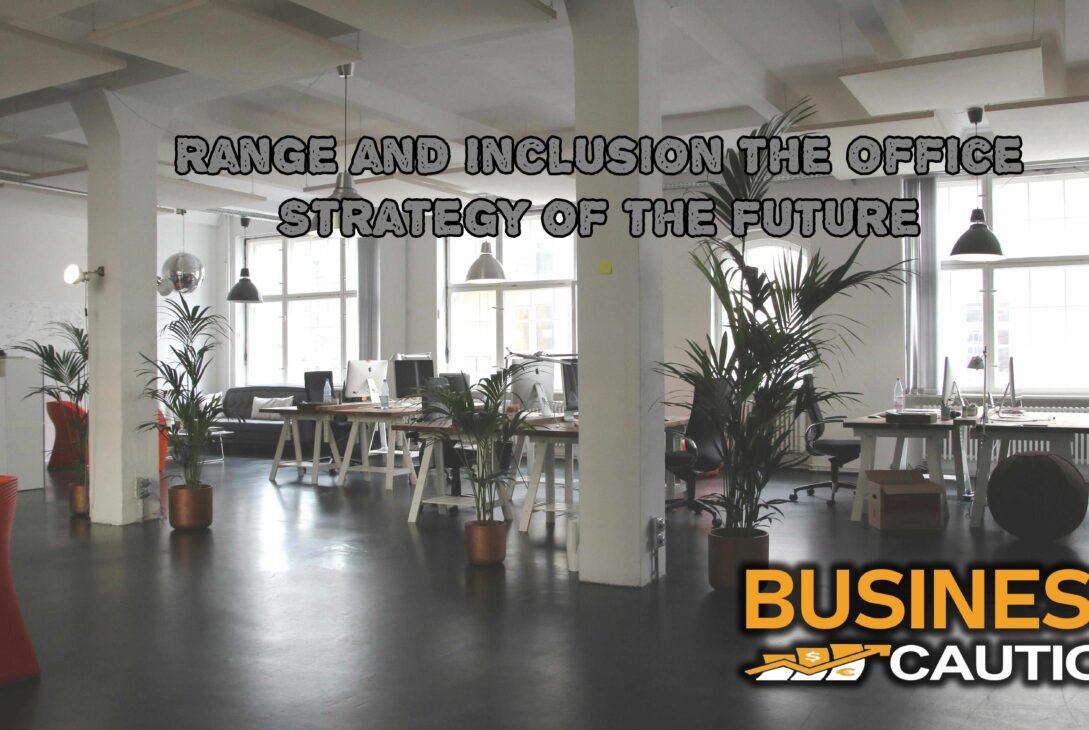Key components that can transform a regular office into a unique one are inclusivity and range. Statistics show that most employees (52%) support multiple workplaces. This is especially true in remote and mixed work settings. But how can businesses integrate these ideals into their daily operations? This investigation goes beyond conventional wisdom to unearth practical strategies for cultivating an inclusive culture that benefits everybody.
The Foundation for Inclusion
Understanding the many benefits of different offices is the first step towards creating an inclusive workplace. Many groups share priceless resources, such as differing perspectives on certain issues that are crucial for solving problems and improving customer interactions by giving a deeper comprehension of diverse populations. An inclusive workplace guarantees that all employees, regardless of origin, experience a sense of worth and respect. Because people are more likely to stay in places where they feel valued and safe, this level of respect can boost morale and significantly lower turnover rates.
Workplaces can be more diverse and inclusive by implementing mentoring programs that link employees from different backgrounds and promote intercultural understanding and collaboration.
Coaching programs designed specifically to address unconscious biases can help people see subtle prejudices that are always invisible but have the power to influence judgment. Additionally, diverse recruiting strategies that aim to create multiple candidate pools for each position guarantee that the company benefits from a range of experiences and skill sets.
A Real-World Program
Consider the example of a global IT company that used a worker tracker to better understand and support its diverse personnel as an illustration of these variables. Controlio the ground-breaking software allowed the company to promptly gather anonymous personnel proposals for inclusion points and effectively monitor the success of its range initiatives. The knowledge gathered from this data resulted in targeted improvements across several domains. These improvements include modifications to hiring practices to attract a wider pool of applicants and improvements to coaching programs to ensure they satisfy the needs of a diverse workforce.
As a result, employee engagement scores significantly increased, and the company as a whole as well as the industry as a whole applauded a more inclusive office culture. This case study looks at the real benefits of proactively identifying and resolving range and inclusion points using thoughtful, data-driven techniques.
Increasing Involvement Through the use of inclusive insurance plans
If we dig a little further, the event and implementation of insurance policies that actively encourage inclusion represent another significant viewpoint. Apart from implementing anti-discrimination insurance plans, it is advisable to design insurance policies that offer flexible work arrangements that accommodate diverse lifestyles, household responsibilities, and cultural customs. Taking into account a diverse variety of holidays and observances, for example, shows consideration for people from different cultural backgrounds and raises employee happiness and loyalty.
Moreover, office wellness should be given top priority. Applications for managing both physical and mental health should be developed and made available. These apps must be usable by people with a variety of skills and backgrounds to promote an all-encompassing approach to employee wellbeing. This guarantees that employees feel supported and contributes to the creation of a fruitful, healthy work environment that promotes autonomy and flexibility, increasing employee engagement and lowering turnover rates.
Obstacles and Solutions
Notwithstanding the obvious benefits, a lot of obstacles prevent range and inclusion from being fully integrated into the workplace. One significant barrier is resistance to change. Some employees can be intimidated by new insurance regulations or concerned that changes to the current arrangement could attract them. To overcome this, leaders should promote an atmosphere of open communication and training, helping all staff members to understand the benefits of diversity and inclusion—not just for marginalized teams, but for every member of the group.
Measuring the specific impact of range efforts presents another challenge. In these kinds of circumstances, tools such as the worker tracker prove to be extremely helpful, providing specific data that can guide decisions and highlight areas that want improvement. Furthermore, continuing coaching programs that adjust to the needs of the workforce guarantee that every employee grows alongside the company and upholds its inclusive principles.
Final Words
In summary, diversity and inclusivity are both moral requirements and necessary components of a successful, forward-thinking workplace. Put money into several initiatives and put these effective strategies into practice to promote diversity and inclusion in your workplace. You’ll promote creativity and independence while raising employee engagement and output in this way. It’s best to create these techniques to keep up with the constant changes in personnel preferences. Today’s more respected and egalitarian office will surely be made possible by embracing diversity and inclusion.
Last modified: May 29, 2024


















